Sugerencias
- Sin Sugerencias
Productos Recomendados
- Sin búsquedas recomendadas
Páginas del sitio
- Sin páginas del sitio relacionadas
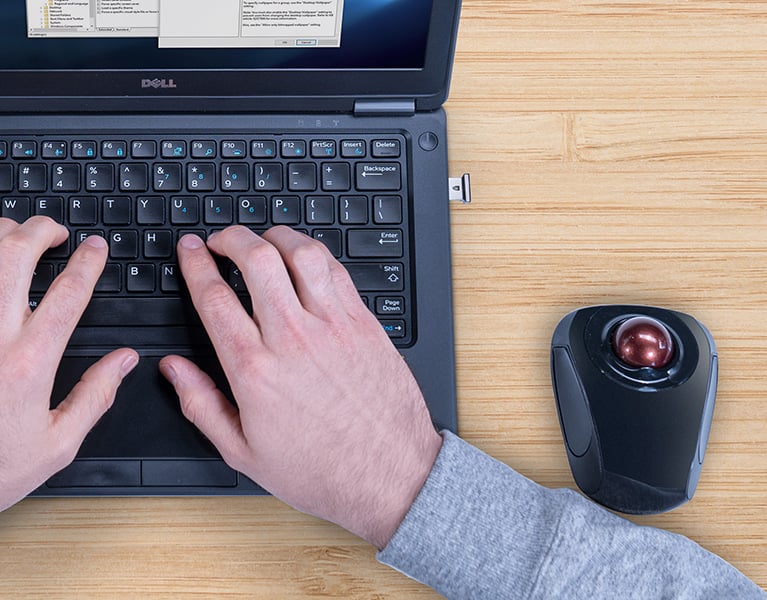
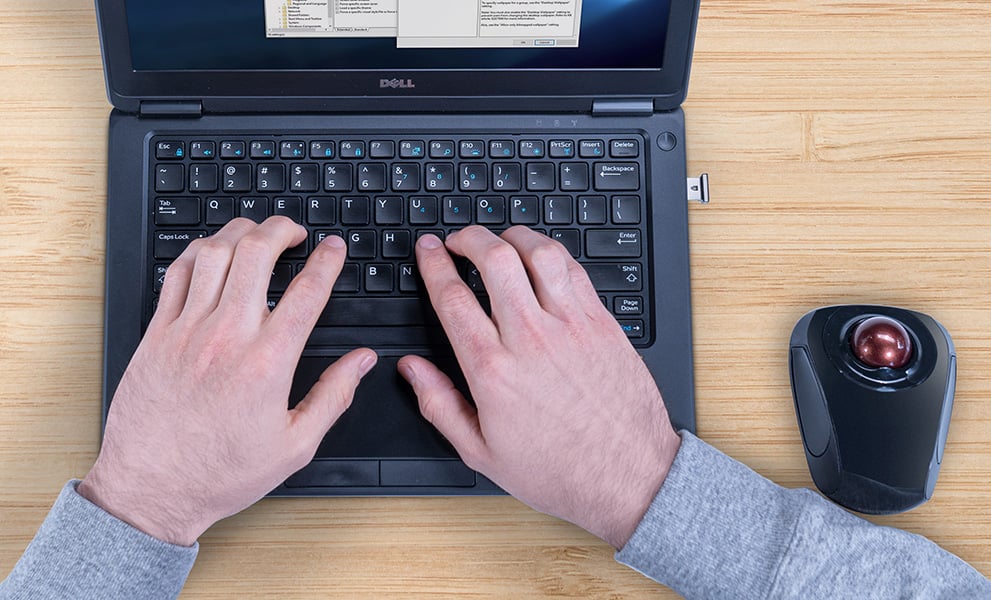
In the digital age, where passwords can be forgotten, stolen, or hacked, biometric authentication methods have emerged as a convenient and secure alternative.
In today’s digital age, online security has become more crucial than ever. With cyber threats becoming more sophisticated, it is essential to use reliable methods to protect online accounts and valuable business information from unauthorized access. One effective way to do this is by using two-factor authentication (2FA) methods such as security keys and biometrics.
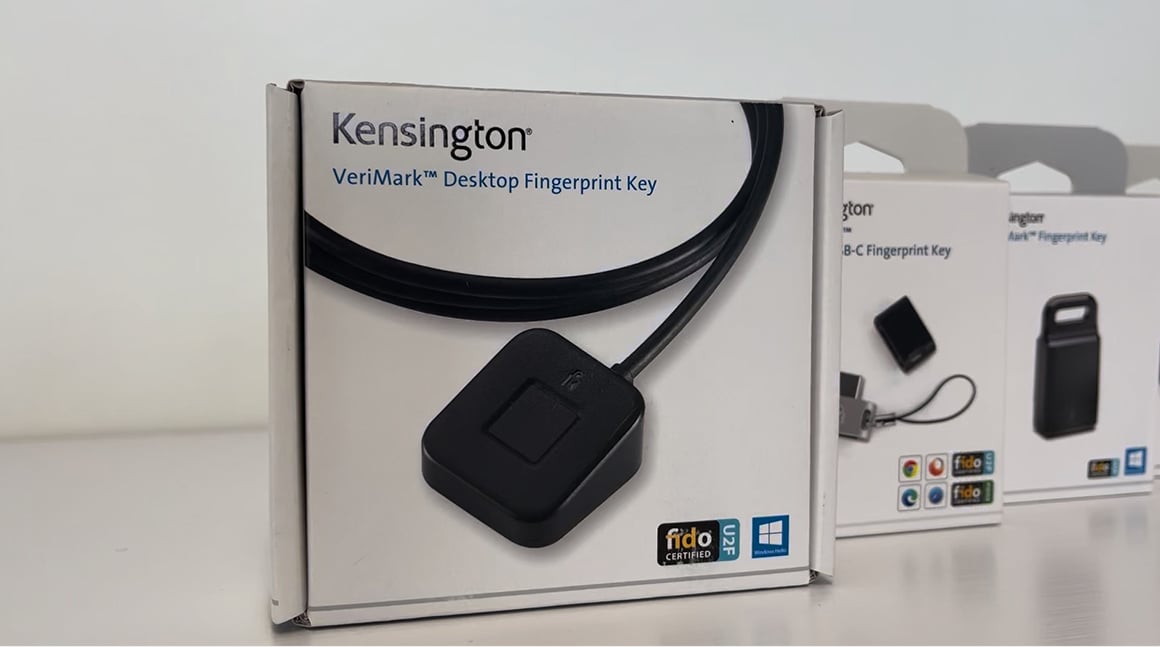
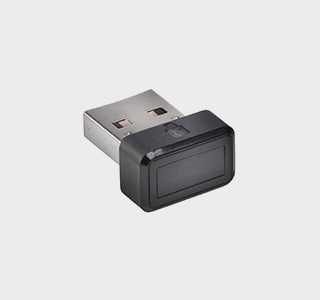 VeriMark™ Fingerprint key |
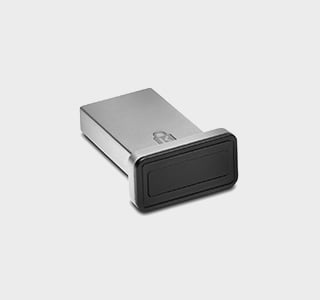 VeriMark™ IT Fingerprint Key |
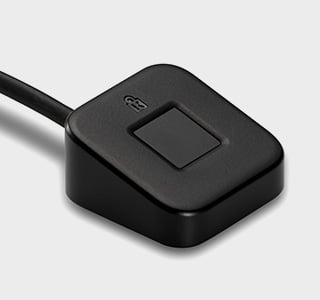 VeriMark™ Desktop Fingerprint Key |
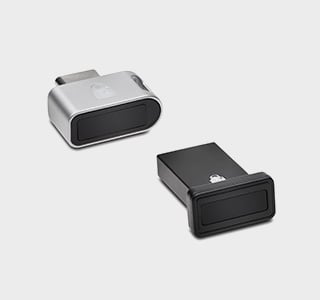 VeriMark™ Guard Fingerprint Key |
|
|---|---|---|---|---|
| Device | Laptops & Portable Devices | Laptops & Portable Devices | Desktop PC | Laptops & Portable Devices |
| Type | ||||
| OS | ||||
| CERTIFICATIONS | ||||
| View product | View product | View product | View product |
Security keys and biometrics are effective 2FA methods that can enhance your online security and protect your accounts from unauthorized access